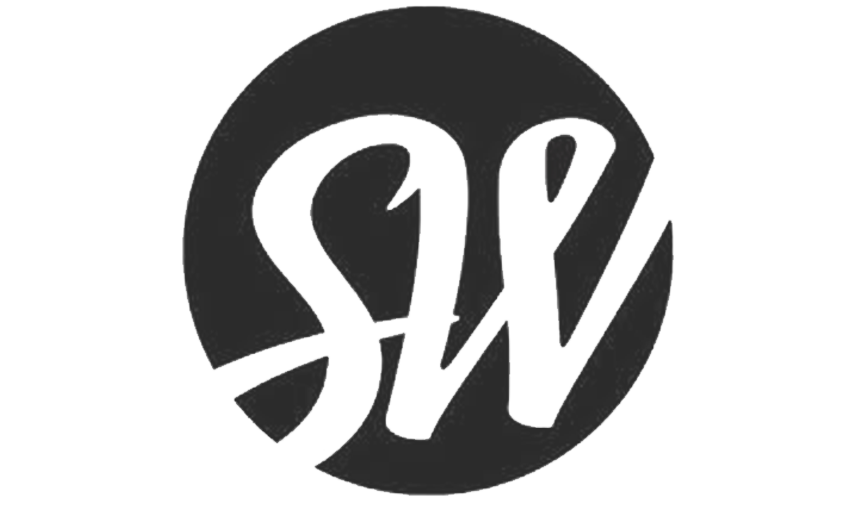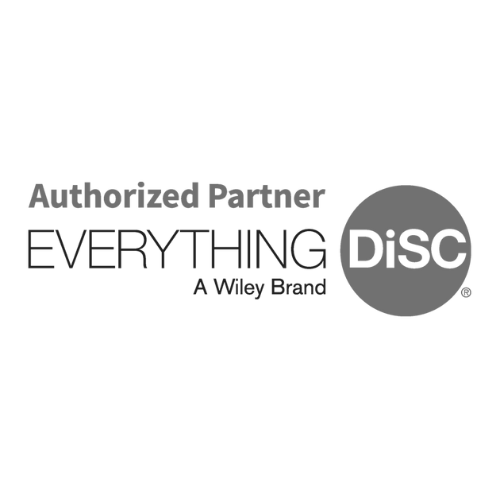The Relationship Between Leadership and Employee Engagement
By Wendi Kroll, CEO Essential HR, Inc.
As a Human Resources Professional, I have become increasingly interested in what makes a great leader. I am curious about the first time a person was in a leadership role, and what it felt like to them. For me, it was after I went to college, and emerged from the shadows of my two “Type A” brilliant older sisters, whom I had followed around for the first 17 years of my life. I became a New Student Orientation Leader at my college, and although it doesn’t sound like a huge endeavor, it was for me. And I discovered that I loved it. I loved helping others. I loved feeling like I had something to teach. I enjoyed the opportunity to engage the new students, and facilitate the acclimation and connection to their new surroundings and environment. This was the beginning of my journey. This started my journey of learning how to be a great leader.
As I moved into my career in Human Resources, I sought out to discover what it is that motivates leaders to become great leaders. Who influenced them and whom did they admire as a leader? What is their definition of success and failure as a leader? What is most important to them? And how did they continue to learn and grow in their leadership skills?
As an HR Consultant, I have had the opportunity to explore and learn tons about what makes a great leader in a business environment. I have read countless books, attended seminars, workshops, trainings, and become a certified facilitator on leadership training programs. I have tested and tried all that I have learned with my own direct reports, as well as our clients. I have seen great leaders at work with my clients, what they do, and the results they drive with their teams. Conversely, I have also witnessed what poor leaders do, and how it affects not only their team, but the entire organization.
What I discovered and have based my HR Leadership philosophy on over the past 20+ years is this: great leaders engage their employees. Engaged employees are more productive, happier at work, have a sense of fulfillment, better work-life balance and longevity in their jobs. Research shows that engaged employees increase engagement with the business, customers, etc., which ultimately increases the bottom line. Isn’t this what most businesses are in the business to do? This applies to all employees, from the front line to the C level.
I will never forget the time a client asked me to help him with their termination process. I met with the CEO and we talked through his issues and the multiple lawsuits facing him for wrongful termination. After talking through strategies of how to limit his liability for terminations in the future, I looked at him and said that their termination process wasn’t the problem, it was their recruiting/hiring process and lack of employee engagement that was problematic. We have worked with this client to implement a new hiring process, that engages candidates from day one of applying for a position. We have also implemented employee engagement surveys, and executed initiatives to improve engagement. We also began a leadership training program for the managers that focuses on how to lead their teams through high trust and employee engagement. The result: higher profitability, lower turnover, and happier, more productive employees. They also haven’t experienced any more lawsuits!
The CEO of another one of our clients contacted us about his senior management team. He was frustrated with them and wanted to fire them all. He engaged us to perform 360-degree surveys, create development plans, and assist in writing Performance Improvement Plans to performance them out of his organization. What we found out through this process, is that although there were indeed performance issues, it was due to lack of engagement by the CEO. His rigid, dictatorial management style clearly wasn’t engaging his team. Our recommendation was that it was the CEO that needed to change to a culture of employee engagement if he wanted his executive team to improve. Since then, we have engaged the CEO in coaching on how to lead his team in a manner that focuses on their strengths, created a language of appreciation, and allowed the team to determine how they could contribute with their skills. The CEO has taken time to get to know his team, build trust, and lead them in a way that is meaningful and engaging.
How can you improve leadership and employee engagement with your team? There are many incredible resources available, but the few that have made the most impact with the teams we work with are First Break All the Rules by Marcus Buckingham and Jim Harter. First Break All the Rules integrates employee engagement research conducted by the Gallup Organization, and breaks down what great leaders do to engage their employees.
- Great leaders lead their people the way that they want to be lead.
- They manage employees based on their strengths and do not focus on or try to change their weaknesses.
- They get to know their employees as individuals.
- They allow them to get from point A to point B on their own.
- More information on First Break All the Rules can be found at http://www.gallup.com/press/176069/first-break-rules-world-greatest-managers-differently.aspx
The Speed of Trust, by Stephen M.R. Covey, is another book that focuses on the imperative need to lead with trust. Franklin Covey has developed several trainings around this book to build trust in leadership in the team. The premise of the book is that high trust equates to high speed (increased productivity and efficiencies), resulting in an increased bottom line. He shows that if leaders inspire trust, extend trust, and model trust they create an environment where employees feel empowered and engaged. Our use of this training with leaders and teams has resulted in increased productivity, engagement and consistently better cultures.
Peter Bregman, of Bregman Leadership Coaching, as well as author of several books and contributor to the Harvard Business Review, provides additional tools and insights on increasing engagement through aligning each contributor’s goals with the organizational goal (or what Bregman refers to as the “the big arrow”). I recently attended an intensive and extensive workshop with Peter, and learned his techniques of coaching leaders on how to achieve their goals through engagement of what they do best, and how to have emotional courage through the process. His leadership coaching technique highlights the key contributors in the organization and as their essential contributions to achieve the “big arrow.” He found that leaders who focus their employees focus on what they do best, rather than their areas of improvement, are highly engaged. (Additional information and resources can be found at http://peterbregman.com)
What is your organization doing to align leadership with employee engagement? Essential HR is dedicated in partnering with our clients to drive this process for the success of their organization and to increase the bottom line. Contact us about our Leadership Training, Leadership Coaching or Employee Engagement Programs.









